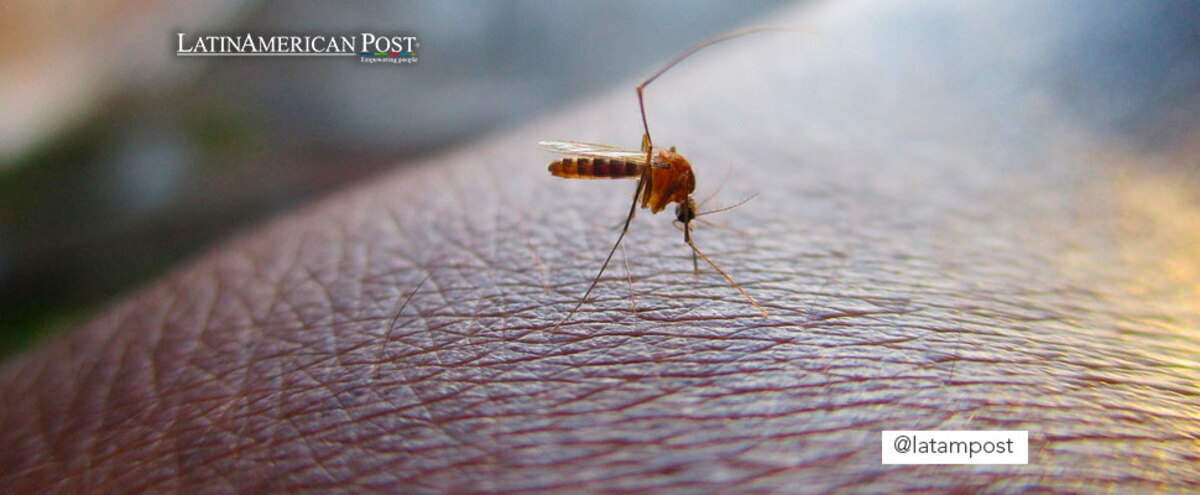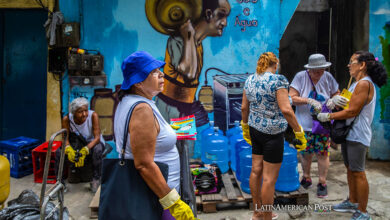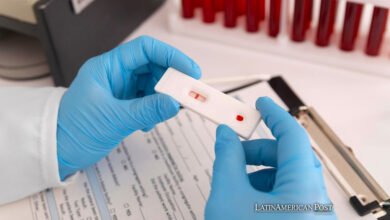Alert in Latin America Due to the Increase in Chikungunya
During 2022, the region of the Americas had a considerable increase in chikungunya cases and so far in 2023 the cases continue to grow. PAHO launches an epidemiological alert. We tell you about this disease and its prevention.

Photo: Pixabay
LatinAmerican Post | María Fernanda Ramírez Ramos
Listen to this article
Leer en español: Alerta en Latinoamérica por aumento de chikungunya
"Bend over in pain", this is the meaning of the word chikungunya, which has its origin in the African language Makonde. Indeed, chikungunya is characterized by severe joint pain. This viral disease, also written as chikungunya, is transmitted by mosquitoes that have been infected by the virus. Currently, it is found in Asia, Africa, Europe and, since the end of 2013, in the Americas, according to the Pan American Health Organization PAHO.
During the last few years, there has been a notable increase in chikungunya cases and mortality in the region of the Americas. In 2022, there were 271,176 cases of chikungunya, with 95 deaths. This is a significant increase compared to 2021, when there were 137,025 cases, including 12 deaths. "During the first four epidemiological weeks of 2023, 30,707 cases and 14 deaths from chikungunya were reported," says the latest PAHO epidemiological bulletin. For this reason, it has issued an alert to the countries of the region to intensify their prevention, surveillance, and care systems. The last major epidemic outbreak of this disease in the Americas occurred in 2014 and although it has not reached this magnitude, control must be activated.
We recommend you read: Monkeypox is Impacting the Most in the Americas
What are the symptoms of chikungunya?
This disease has symptoms very similar to a strong flu, which in turn are common in viruses. It begins with decay and bodily pain. However, high fevers and swelling and severe pain in the joints quickly follow. Likewise, it is highly likely that red marks will appear on the skin (all over the body) and that they will itch. In addition, sensitivity to light occurs; muscle pain (especially in the back), vomiting, chills and eye discomfort, all accompanied by exhaustion.
Chikungunya symptoms usually last two weeks. However, each patient is different and there are those who present some symptoms, such as joint pain, for several months. In fact, there is chronic chikungunya, which is characterized by symptoms lasting for more than 3 months. However, "you can only have chikungunya 1 time, then the antibodies that are responsible for protecting people develop. According to the evidence available so far, there would be lifelong immunity," says PAHO.
How to prevent the spread of chikungunya?
It is worth noting that the transmission of the virus does not occur from person to person. Therefore, prevention should focus on avoiding mosquito itching. This animal that transmits the disease, also called a vector, is the Aedes aegypti mosquito, present in almost all the countries of America (except Canada and continental Chile). It is a common mosquito, which lives near houses and reproduces in water.
For this reason, the highest priority prevention strategy is to control stagnant water. This becomes even more essential in the rainy season. Likewise, it is necessary to take measures with the garbage: they must be kept closed so as not to attract mosquitoes to the houses, as well as keep the spaces clean.
During the disease, treatment is usually focused on reducing symptoms, since there is no specific vaccine or medication to cure the virus. It is recommended to drink a lot of fluids and rest, as well as use a mosquito net on the bed. However, it is also crucial to go to the health systems to be treated by specialists, especially when there are other diseases, you are pregnant or have very high fevers.




